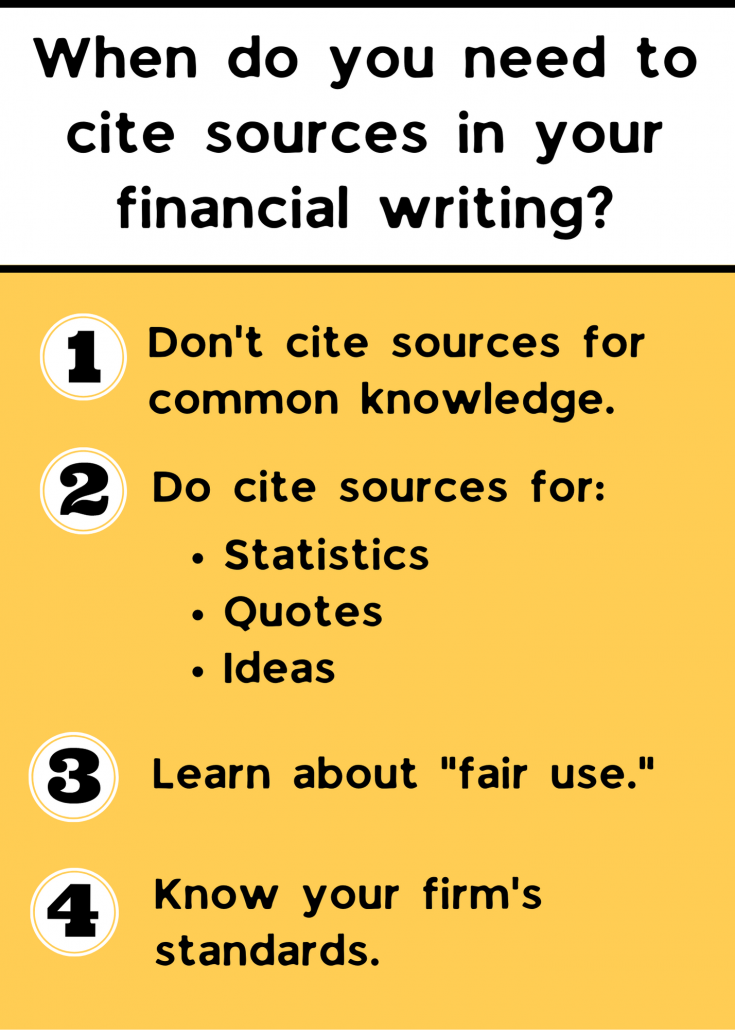Brainstorm ideas for your publications
Have you ever struggled to generate topics for your blog posts, white papers, and other publications? You are not alone. I have some solutions to help you brainstorm.
1. Write about your clients’ mistakes and problems
The most powerful brainstorming advice I can give you is to start “Blogging the mistakes your clients make.” My post on this topic gives you a template for writing this kind of blog post.
2. Blog the questions your clients ask you
This approach relates to my first suggestion because your clients’ questions often relate to their mistakes and problems. Moreover, if one client asks you a question, there are probably many more with the same question.
A bonus of answering questions is that it can improve your online search rankings. After all, many prospects do online searches to find answers to their most pressing questions. Moreover, your helpful, narrowly targeted answer can convince a prospect that you’d be a great advisor for them.
If the answer to a client question isn’t right for a blog post, consider adding it to a “frequently asked questions” section on your blog, as I discuss in “Turn questions into blog posts.”
3. Draw a mind map about your clients
As I describe in the first chapter of my book, Financial Blogging: How to Write Powerful Posts That Attract Clients, you can generate many blog post topics by creating a mind map centered on your target readers. Create branches that lead to each of your readers’ main areas of concern. Then draw sub-branches to narrower topic areas. Again, as I suggest above, focus on your readers’ mistakes and problems.
For an “outside the box” approach to using mind maps to generate topics, read “Photo + Mind Map = Blog Inspiration,” in which a Barbie doll plays a central role.
4. Use one of 20 topics I suggest
Jump start your list with my “20 topics for your financial blog.”
5. Draw inspiration from your reading
You can write blog posts spurred by insights you find in books or articles. You can also argue with points made in those books or articles.
Learn more about how to do this in “4 tips for turning books into blog posts.”
6. Clone your successful blog posts
Revisit approaches that have worked before to generate new topics, as I discuss in “Clone your blog posts.”
7. Save your trash
“Save your trash to feed your blog,” as I’ve said on my blog.
Have you ever gone off on a tangent in a white paper or blog post, only to realize that you need to cut that idea to keep your publication focused?
Don’t leave that idea in the trash. Instead, make it the focus of its own blog post. Your initial enthusiasm about the topic suggests that you can generate reader interest in it if you make it the focus of a piece. Just make sure that your new piece includes the WIIFM (what’s in it for me) for your reader, as I discuss in “Focus on WIIFM, not the article.”
8. Look at the world around you
Things that you see in the world around you can inspire blog post ideas.
I’ve gotten quite a few ideas from museum visits, as I’ve discussed in “Museums can inspire your blog posts.” I think this works because art often provides analogies for problems that readers face.
I discuss a similar idea in “Photo + Mind Map = Blog Inspiration,” mentioned above.

